The optometry is not equal to the mirror prescription
Many people believe that optometry is simply "testing the degree of nearsightedness" and that once they have obtained this result, they can proceed with eyeglass fitting. However, an optometry prescription is only a "measurement result" of the refractive status of the individual's eyes, and it may not necessarily be the best prescription for glasses. Optometry and eyeglass fitting are integral parts of a complete process, and if they are conducted separately, issues can arise.
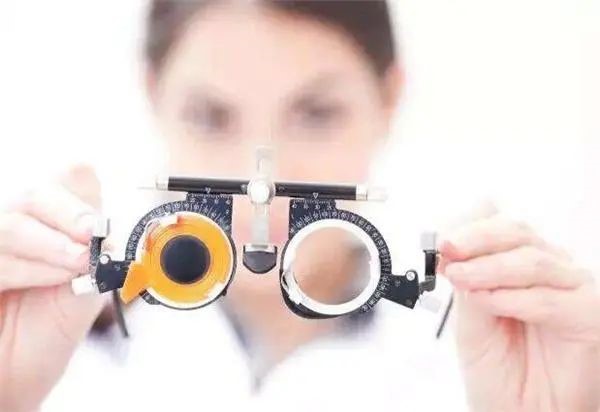
Choosing eyeglass frames is a technical task.
Most of the time, customers only consider the "aesthetic value" when choosing eyeglass frames. If eyeglass frames were merely a fashion accessory like clothing, it would be understandable. However, eyeglass frames also carry the responsibility of correcting refractive errors. Therefore, in addition to aesthetics, at least three factors should be considered:
1. The size of the frame
Some people have ears that are positioned forward, while others have ears that are positioned further back. The chosen length of the temples (arms) of the eyeglasses will vary accordingly. If the temples are too long or too short, it can affect the pantoscopic tilt and the vertex distance of the glasses. Although most online shopping websites provide the dimensions of the glasses, it is difficult to select a frame that fits properly without trying it on in person.
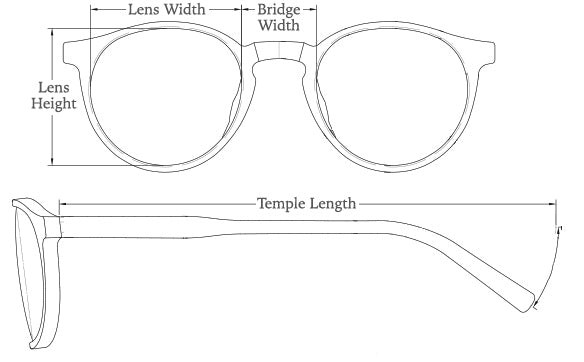
2. Prescription for eyeglass fitting
The optometry prescription and the choice of eyeglass frames are closely connected. For example, for individuals with high refractive errors, if they choose large-sized frames, not only will the lenses be thick and heavy, but it will also be difficult to align the optical center of the lenses with the center of the pupils. This can lead to awkward situations where the eyelashes brush against the lenses when blinking.
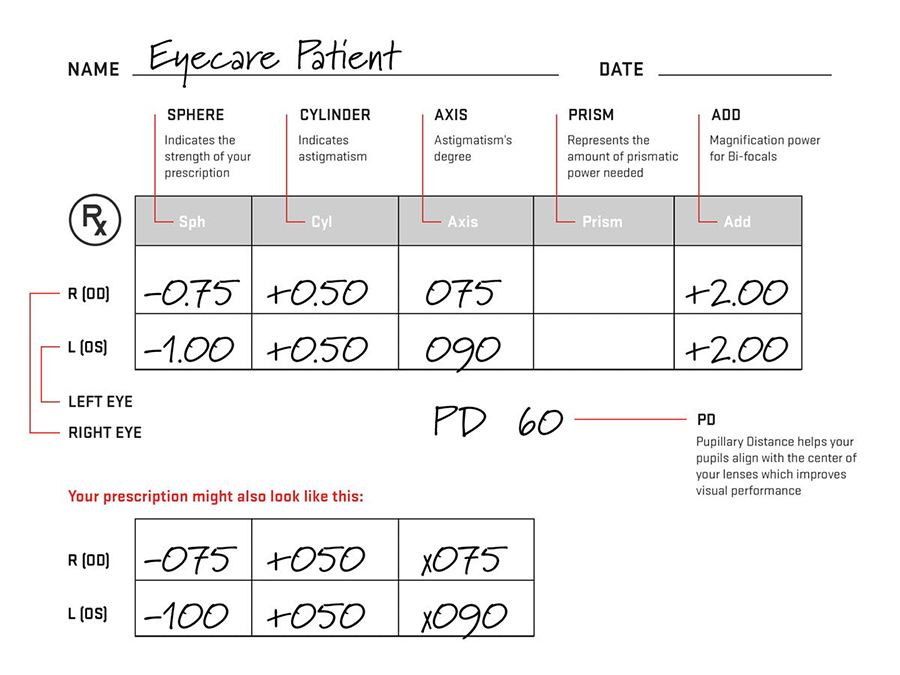
3. Use scene and purpose
The selection of frames varies depending on different needs. For individuals who engage in regular physical activities, frames with inner side grips and curved temple arms for a snug fit are recommended. For those who work at a desk for extended periods, frames with anti-slip nose pads and higher lens rims are suitable. While driving, frames with wider peripheral vision are preferred, and narrow frames can provide excellent peripheral vision.
All these concerns require a professional optician to take into consideration. The suitability of stylish frames can only be determined through actual wear, ensuring that the parameters are matched accordingly.
The issues arising from mismatched parameters
Without trying on and measuring the actual fitting data of oversized frames, it can lead to issues with pupillary distance (PD) discrepancies. Prolonged wearing of glasses with inaccurate PD can result in prism effects, causing eye fatigue and accelerating the progression of myopia.
Pupillary distance (PD) is the distance between the pupils of the eyes. When fitting glasses, there are two types of PD measurements: distance PD and near PD. Distance PD refers to the measurement taken when the individual is focusing on a distant target (i.e., the distance between the centers of the pupils when both eyes are looking straight ahead into the distance). Near PD (NCD) is the measurement of the distance between the centers of the pupils when engaged in close-range work.
It is also important to consider the issue of pupil height when it comes to oversized glasses. It is worth noting that the pupil heights of both eyes may not necessarily be at the same level. Experienced opticians will use the method of corneal reflection to determine the precise pupil height position. The tolerance in the vertical direction for human eyes is quite sensitive. If the optical center height of the well-made lenses does not match the pupil height, it can result in prism effects and lead to eye fatigue.

The Accuracy of Optometry
01 Due to factors such as the optometry environment and the duration of wearing the trial lenses, there may be fluctuations in the optometry results. For example, there can be differences between optometry conducted in the morning and in the afternoon. Generally, the prescription in the afternoon may be slightly higher than in the morning due to visual fatigue accumulated throughout the day. When choosing an optometry facility, it is important to select a professional and reputable institution to ensure more accurate and reliable optometry results.
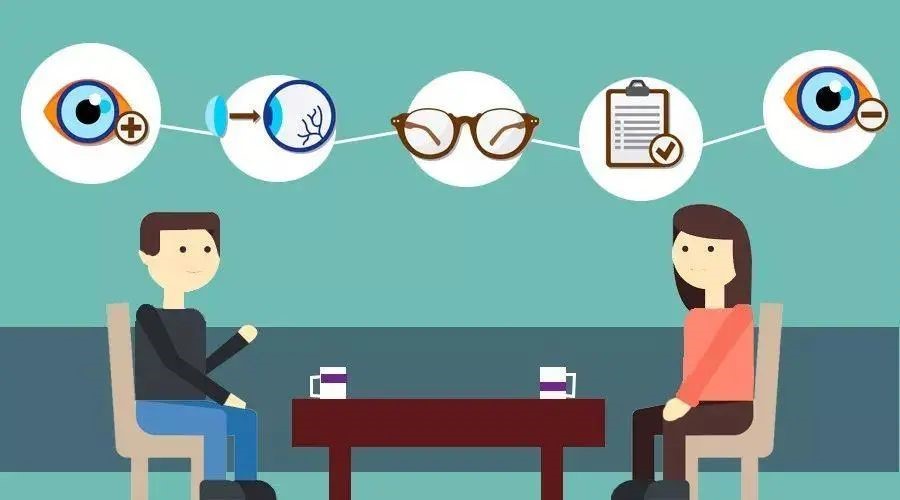
02 The accuracy of the prescription can vary for each individual eye. During the optometry process, computerized optometry can serve as a reference, but it should never be considered as the final prescription for glasses. The optometrist needs to inquire in detail about the wearer's comfort and continuously verify and calibrate the spherical (nearsightedness, farsightedness) and cylindrical (astigmatism) powers to find the best balance and fine-tune the axis of astigmatism.

Screening for Eye Diseases and Visual Function Assessment
Professional optometry involves more than just providing nearsightedness and farsightedness prescriptions. It also includes key examinations that cannot be conducted online:
① Initial eye examination: To rule out ocular surface diseases.
② Visual function assessment: Evaluation of three-level visual functions and ocular accommodation and convergence tests.
③ Ergonomics of eyewear fitting: Pantoscopic tilt, vertex distance, and optical center position.
Personalized measurements and customization require determining these examination results.
Data Affecting Fitting Results
Online eyewear fitting data primarily provides information on refractive errors (nearsightedness, farsightedness) and pupillary distance, which is essential for fitting glasses. However, there are many other data points that can affect the fitting results, such as eye position, ear position, vertex distance, pantoscopic tilt, and optical center position.
In addition to the above data, even the size of the frame can significantly impact the fitting results. Wearing oversized glasses can lead to chromatic aberration and prism effects. This is especially true for high myopia, as oversized frames can result in thick lens edges, sacrificing the benefits of high-index lenses and causing higher levels of prism effects, leading to dizziness. Therefore, when choosing frames, it is crucial to select frames with suitable parameters based on the examination results for trial fitting and fitting, rather than solely focusing on style.
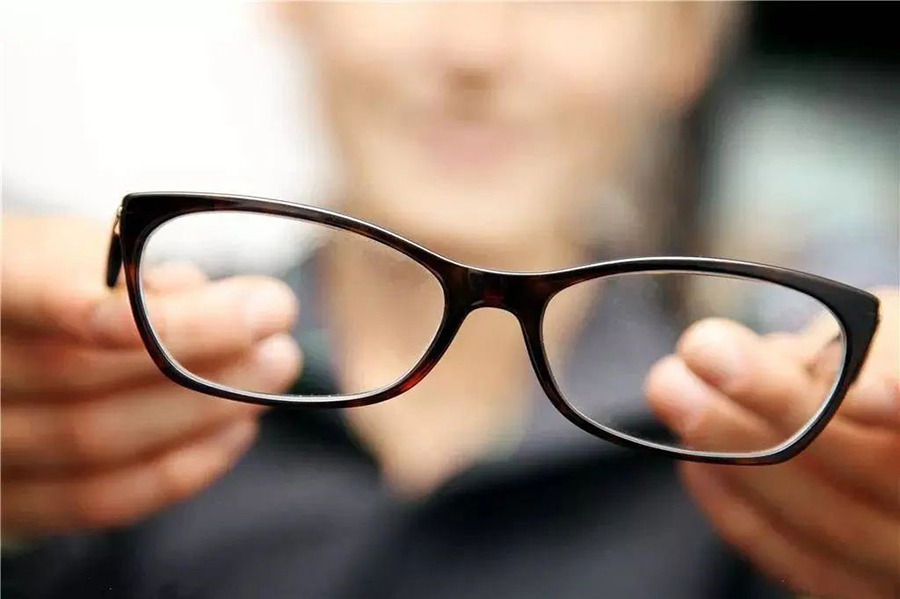
Quality Standards and Post-Fitting Adjustments
In online eyewear fitting, when the glasses are finally received by the customer, it is necessary to confirm the comfort of wearing and recheck the prescription. Adjustments to the nose pads, temples, etc., should be made based on face-to-face consultation. Although glasses may seem simple, even slight errors can make them uncomfortable to wear and compromise visual quality. Differences in data can exacerbate visual fatigue and even worsen visual acuity.
In Conclusion
A qualified pair of glasses not only helps people work and study better but also ensures visual health. Online eyewear fitting offers advantages such as affordability, diverse styles, and a simplified process. However, we must never forget the original intention of fitting glasses. Only glasses that meet eye health standards are what we truly desire.
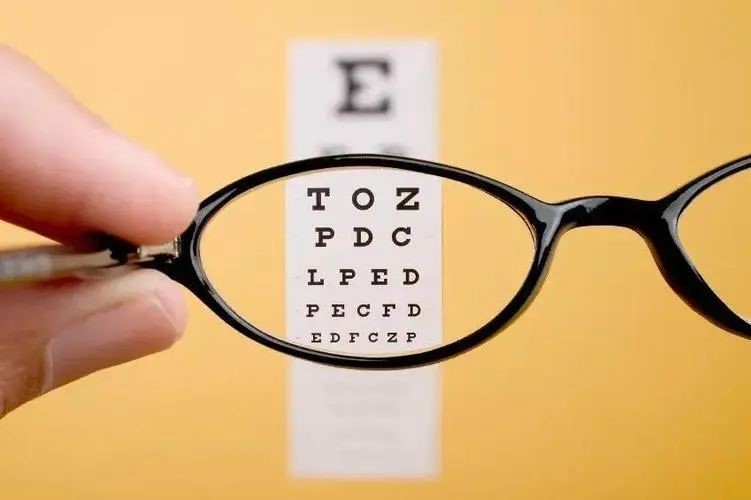
Post time: Dec-15-2023

